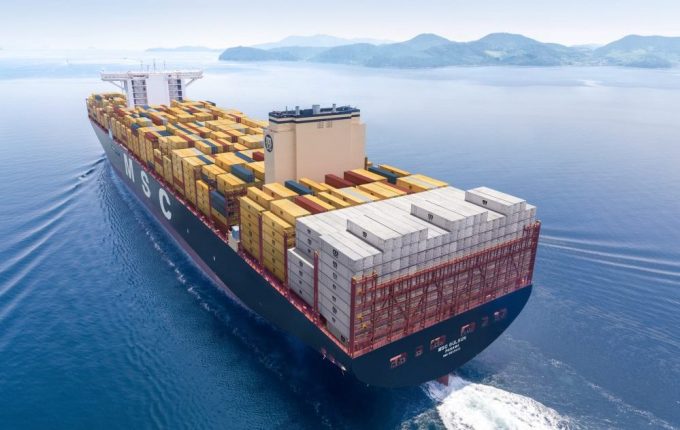Slow steaming not the way to reduce emissions, 'check the ship's systems'
Despite being highlighted by the International Maritime Organization’s carbon intensity indicator (CII) index, slow steaming ...

MSC has joined a growing list of container carriers ruling out operating vessels in the Arctic, due to thinning sea ice round the North Pole.
This is despite the fact that these conditions have made the Northern Sea Route between Europe and Asia increasingly viable for the lines.
The Geneva-headquartered carrier said it would focus on “improving environmental performance on existing global trade routes”, as it had become “convinced that the 21m containers moved each year for its customers can be transported around the world without passing through this Arctic corridor”.
Chief executive Diego Aponte explained: ““As a responsible company, with a longstanding nautical heritage and passion for the sea, MSC finds the disappearance of Arctic ice profoundly disturbing.
“Every drop in the oceans is precious and our industry should focus its efforts on limiting environmental emissions and protecting the marine environment.”
The company said it had taken some 2m tonnes of CO2 emissions a year from its operations after around 250 vessels had been retrofitted with “green technologies”, while its latest ultra-large container vessels (ULCVs) coming out of shipyards had “the lowest carbon footprint, by design, at 7.49 grams of CO2 emissions to move one tonne of cargo one nautical mile”.
However, it also added that, while it was on course to meet the IMO’s 2030 CO2 emission targets, the longer-terms target of emission-free shipping by 2050 would require significant technological advances.
Bud Darr, executive vice president of maritime policy & government affairs at MSC, said: “The great challenge which remains for container shipping this century is how to decarbonise and meet the UN IMO’s future emissions goals. While we are fully supporting these, this will not be achievable without some major breakthroughs in fuel and propulsion technologies.”
MSC said it was looking at alternative fuel sources, such as “biofuel blends, hydrogen fuel cells, complementary battery power and, potentially, wind and solar”.
Rather pointedly it did not mention LNG, which has been adopted by CMA CGM as its chief choice to reduce emissions.
In August, the French carrier became the first container shipping line to rule out using the Northern Sea Route and claimed LNG represented “the best proven solution available to significantly reduce the environmental footprint of maritime transport”, offering a 99% reduction in sulphur and particulates, an 85% reduction in nitrogen oxides emissions and a 20% reduction in CO2.
Its first LMG-powered ULCV, the CMA CGM Jacques Saade, was launched in Shanghai in September, and by 2022 the line expects to be operating 20 LNG-powered vessels in its fleet.
Comment on this article
Martyn Benson
October 17, 2019 at 3:49 pmHapag Lloyd also said they wouldn’t go North but COSCO and Maersk have both indicated that they will explore the NSR (in the case of Maersk they already have run one ship that way).
I wonder how Maersk reconciles their alleged climate-friendly approach and reductions of emissions with their choice of Arctic routings? Green-washing?